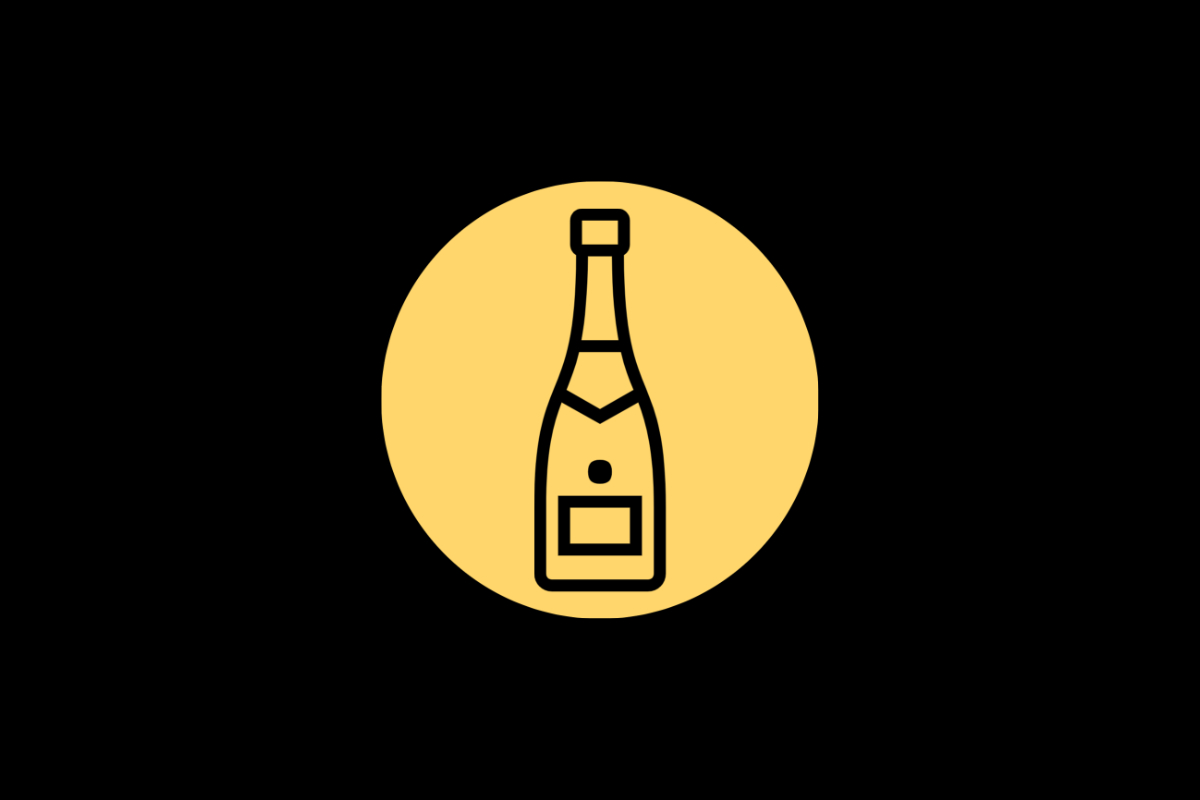Champagne Yeast in Ireland: Sparkling Wine’s Emerald Secret
When it comes to sparkling wine production, champagne yeast is a crucial ingredient that plays a significant role in the fermentation process. Though it’s called “champagne yeast,” this type of yeast is used worldwide to produce sparking wines. In Ireland, champagne yeast is gaining popularity among winemakers, given its ability to produce complex flavors while maintaining the freshness of the wine.
In this article, we’ll take a closer look at champagne yeast in Ireland, its role in wine production, its properties and characteristics, and how it differs from other yeasts.
What is Champagne Yeast?
Champagne yeast is a type of yeast strain that originates from the Champagne region of France. It’s a highly specialized yeast that’s capable of withstanding high alcohol levels and producing complex flavors in wine. The yeast strain is scientifically known as Saccharomyces cerevisiae, and it’s instrumental in the secondary fermentation process that gives sparkling wine its bubbles.
The yeast cells in champagne yeast are small and compact, allowing them to perform well in high-pressure environments. This is essential in sparkling wine production, as the yeast will be in a sealed bottle where carbon dioxide (CO2) produced during fermentation will create high internal pressure.
Champagne Yeast in Ireland
Ireland is a country with a rich tradition of brewing and distilling, but wine production is still in its infancy. However, in recent years, there has been a growing interest in vineyard cultivation and winemaking. The cool climate and abundance of rainfall make it a challenging location for growing grapes, but some wineries have managed to produce exceptional sparkling wine using champagne yeast.
One of the key benefits of champagne yeast is that it can ferment even in low-temperature conditions. This is ideal for Irish winemakers, as the cooler climate can slow down the fermentation process, resulting in a longer time needed for the wine to age. However, champagne yeast can overcome these temperature issues, leading to faster fermentation and better preservation of fruity characteristics.
Properties and Characteristics of Champagne Yeast
Champagne yeast is known for its ability to consume sugar rapidly, which results in high alcohol content in the wine, typically between 10% to 14%. This yeast strain also produces lower levels of glycerol, a compound that can give wine a thicker, smoother mouthfeel. This can be beneficial in some styles of wine, but for sparkling wine, lower levels of glycerol are preferred, as they enhance the refreshing and vibrant character of the wine.
Another characteristic of champagne yeast is that it produces various flavor compounds during fermentation, contributing to the complexity and depth of the wine’s flavor profile. These compounds include esters, which can give fruity aromas like apple or pear, and thiols, which contribute to herbaceous or tropical aromas like grapefruit or passionfruit.
Differences Between Champagne Yeast and Other Yeasts
One of the most significant differences between champagne yeast and other yeasts is its fermentation tolerance. Champagne yeast can tolerate high levels of alcohol, up to 18%, while other yeasts cannot withstand such high levels. This makes champagne yeast an excellent choice for sparkling wine production, where high alcohol content is necessary for the secondary fermentation process.
Another key difference is the amount of foam produced during fermentation. Champagne yeast causes less foam compared to other yeast strains, which can be beneficial during fermentation, as excessive foam can cause a loss of wine volume during the process.
Additionally, champagne yeast can tolerate cold temperatures, which is a boon to winemakers in colder climates who can still produce good quality sparkling wine.
Where to Find Champagne Yeast in Ireland
If you’re a winemaker in Ireland looking to produce sparkling wine, you can readily find champagne yeast in various wine-making and homebrewing supply stores across the country. Most of these stores offer a wide range of champagne yeast strains from reputable brands known for producing quality champagne yeast like Lallemand, Red Star, and Lalvin.
However, it’s essential to choose the right champagne yeast for your wine, as different strains produce different flavors and aromas. Some champagne yeast strains work better with specific grape varieties or fermentation conditions, so it’s vital to select the right strain for your wine style.
Conclusion
Ireland may not be the first place that comes to mind when thinking of wine production, but the country’s winemakers are slowly gaining recognition for their exceptional sparkling wine made using champagne yeast. The cooler climate, abundant rainfall, and growing interest in winemaking are positioning Ireland as a unique wine-producing region.
Champagne yeast plays a crucial role in the production of sparkling wine, and its characteristics such as high alcohol tolerance and flavor profile make it an excellent choice for Irish winemakers. With plenty of wine-making and brewing supply stores across the country, winemakers can easily source champagne yeast to produce quality sparkling wine that rivals the best in the world.
